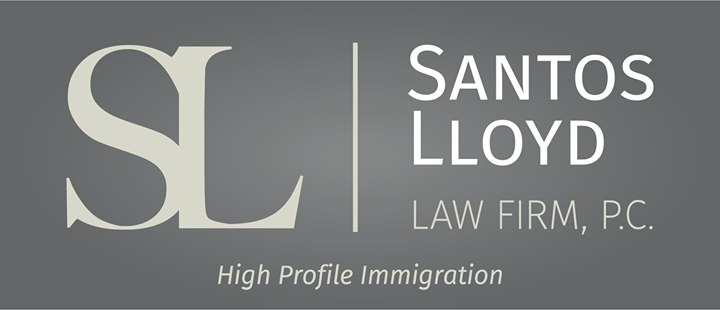Explorer les visas de visiteur B1 et B2 : Votre porte d'entrée pour les affaires et le tourisme aux États-Unis
Kris Quadros-Ragar • October 3, 2024
Click here to read this article in English
Les États-Unis sont depuis longtemps une destination de choix pour les voyages d'affaires et d'agrément. Chaque année, des milliers de personnes du monde entier se rendent aux États-Unis pour des séjours de courte durée, tels que des réunions d'affaires ou des vacances. Pour ce faire, les ressortissants étrangers doivent obtenir un visa de non-immigrant, le visa B1/B2 étant l'un des plus couramment utilisés pour les visites temporaires.
Le visa B1/B2 permet aux personnes d'entrer aux États-Unis à des fins spécifiques, que ce soit pour des activités professionnelles ou pour découvrir les attractions touristiques du pays. Bien que ces deux visas relèvent de la même catégorie, ils servent des objectifs distincts en fonction de la nature de la visite.
Le visa B1/B2, délivré par le département d'État américain, est un visa à double objectif qui permet aux non-immigrants d'entrer temporairement aux États-Unis soit pour des affaires (B1), soit pour le tourisme et d'autres activités non commerciales (B2). Ce visa combiné offre une certaine flexibilité, permettant aux voyageurs de traiter à la fois les affaires et les loisirs au cours d'un même voyage.
Le visa B1
est destiné aux personnes qui se rendent aux États-Unis pour affaires. Il est important de noter que le visa B1 ne permet pas d'occuper un emploi ou de gérer une entreprise aux États-Unis. En revanche, il est idéal pour les personnes qui doivent :
- Consulter des partenaires commerciaux.
- Négocier des contrats ou finaliser des accords.
- Assister à des conférences, des congrès ou des séminaires dans des domaines tels que l'éducation, la science ou le commerce.
En bref, le visa B1 est destiné aux personnes qui mènent des activités commerciales essentielles pendant leur séjour temporaire, sans chercher d'emploi aux États-Unis.
Le visa B2, quant à lui, est destiné aux personnes visitant les États-Unis à des fins non professionnelles, telles que :
- Tourisme ou vacances.
- Rendre visite à des amis ou à la famille.
- Recevoir un traitement médical.
Ce visa permet également de participer à d'autres activités non professionnelles, telles que des événements sociaux ou des cours récréatifs de courte durée.
Une fois accordés, les visas B1 et B2 permettent généralement des séjours allant jusqu'à six mois. La durée exacte de votre séjour est déterminée par les agents des douanes et de la protection des frontières des États-Unis (CBP) lors de votre entrée, en fonction de l'objet de votre visite et des conditions de votre visa.
Que vous vous rendiez aux États-Unis pour explorer des opportunités d'affaires ou pour profiter des nombreuses attractions touristiques du pays, le visa B1/B2 constitue une option flexible pour les séjours de courte durée. En comprenant les exigences et les différences entre ces visas, vous pourrez mieux naviguer dans la procédure de demande et tirer le meilleur parti de votre voyage aux États-Unis.
Ce blog n'est pas destiné à fournir des conseils juridiques et rien ici ne doit être interprété comme établissant une relation avocat-client. Veuillez prendre rendez-vous avec un avocat spécialisé en droit de l'immigration avant d'agir sur la base de toute information lue ici.

Once you have connected with a college program, have been admitted to the school, and deemed eligible to compete athletically, you will need to secure an F-1 student visa in order to actually attend your new college and begin your time as a student athlete. The first step in the visa process is to receive your Form I-2

For many talented athletes around the world, U.S. college athletics represent a remarkable opportunity to combine elite athletic competition with higher education. In sports such as basketball, soccer, track and field, and tennis, among others, hundreds of colleges and universities across the United States offer struct

Under the new regulation, if a person filed or files Form I-589, Application for Asylum and for Withholding of Removal after October 1, 2024, and the application remains pending with USCIS for 365 days, the applicant must pay an Annual Asylum Fee (AAF) on the one-year anniversary of his or her filing date.



